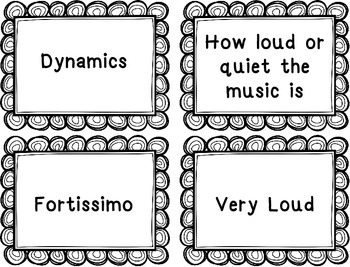


The idea is to choose poems to fit the needs of your students.īelow are the simple steps to start using Fluency Folders:Ī Word about Challenging Struggling Readers There are lots of fabulous books and online resources as well. Select poems that are of varying levels, interest and topics, and not too easy so they don't need your scaffolds. These were short and sweet, so not a lot of time was involved in curating a theater piece, because that wasn’t the purpose of the lesson. Sometimes the students would act the poem or create their own hand or body movements to go with the poem.
#Word build dynamic literacy download
This rubric and checklist came from a free download here. They assessed themselves with a checklist. They were evaluated by me, and at times by their peers with a fluency rubric. (At the end of this post you can see the materials I used, with links to PDF’s, but organize it to how best suits you and your students.) Thursday or Friday was the performance day. Implementing Fluency FoldersĮnsure students are successful before the folders are sent home, and make it fun! Practice the types of readings: echo, choral, partner and repeated readings, so students can engage with their families. My fluency folder concept evolved from researchers in the know about fluency and their brilliant article, The Family Fluency Reading Program (Morrow, Kuhn, & Schwanenflugel, 2006). And often, we teachers also create out of nothing. In The Educated Imagination, Northrop Frye states, “A writer….doesn’t create out of nothing” (p. You’ll see I also copied in color to make it more inviting and appealing. So I decided to use the folders during their scheduled time to ensure students were practicing on a regular basis if they weren’t practicing at home. I wanted the fluency folders to be an engaging connection for families, and few students families really engaged in the process of reading together, but most didn’t. They have expression and understand what they read.” Even with my modeling, this group just wanted to read fast. Ugh! I sounded like a broken record, “Strong readers don’t read fast. Some students were so focused on raising their number and moving up the graph, improving their speed of reading rather than expression, to the detriment of comprehension. I started using Fluency Folders and poetry with a small group of students because I found repeated readings of short passages with this group wasn’t giving results that were needed, even though repeated readings of connected text are one of the best instructional activities you can use for improving fluency (LeBarge & Samuels, 1974).


 0 kommentar(er)
0 kommentar(er)
